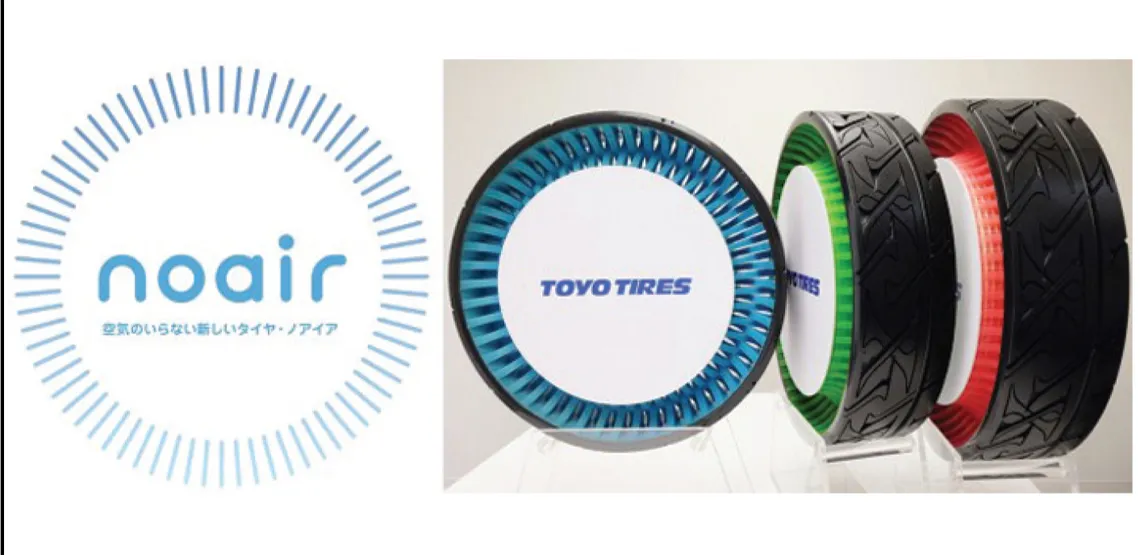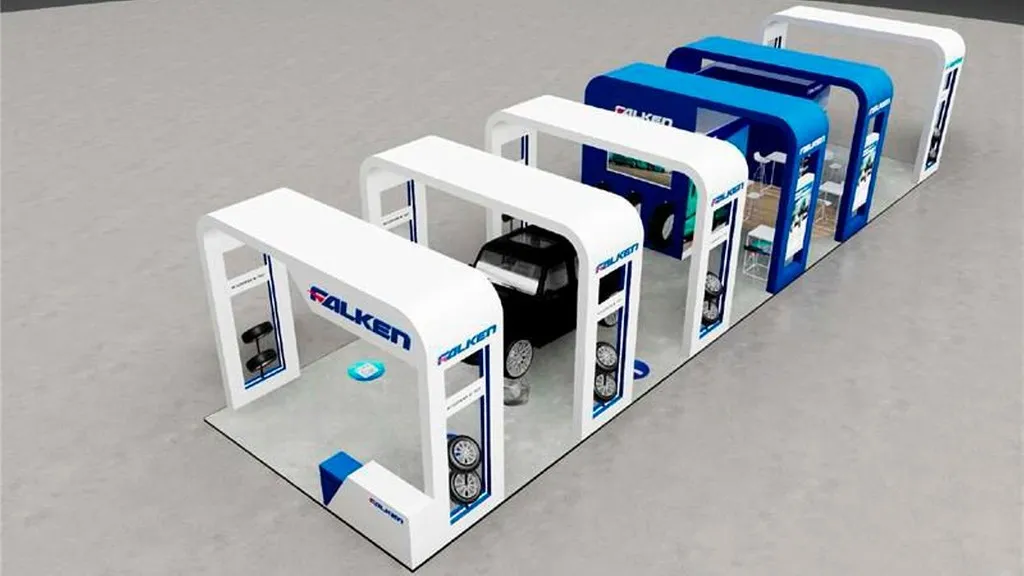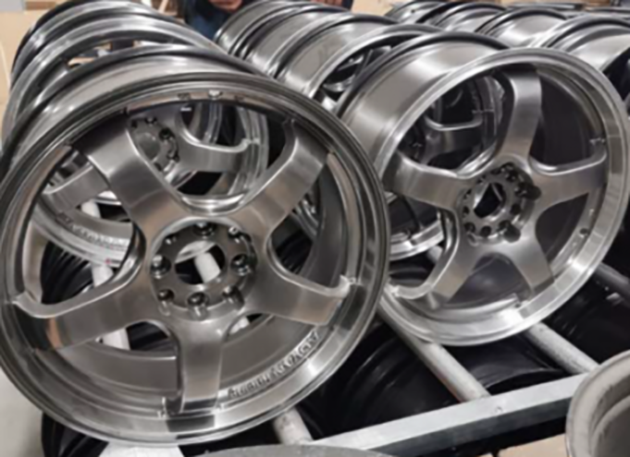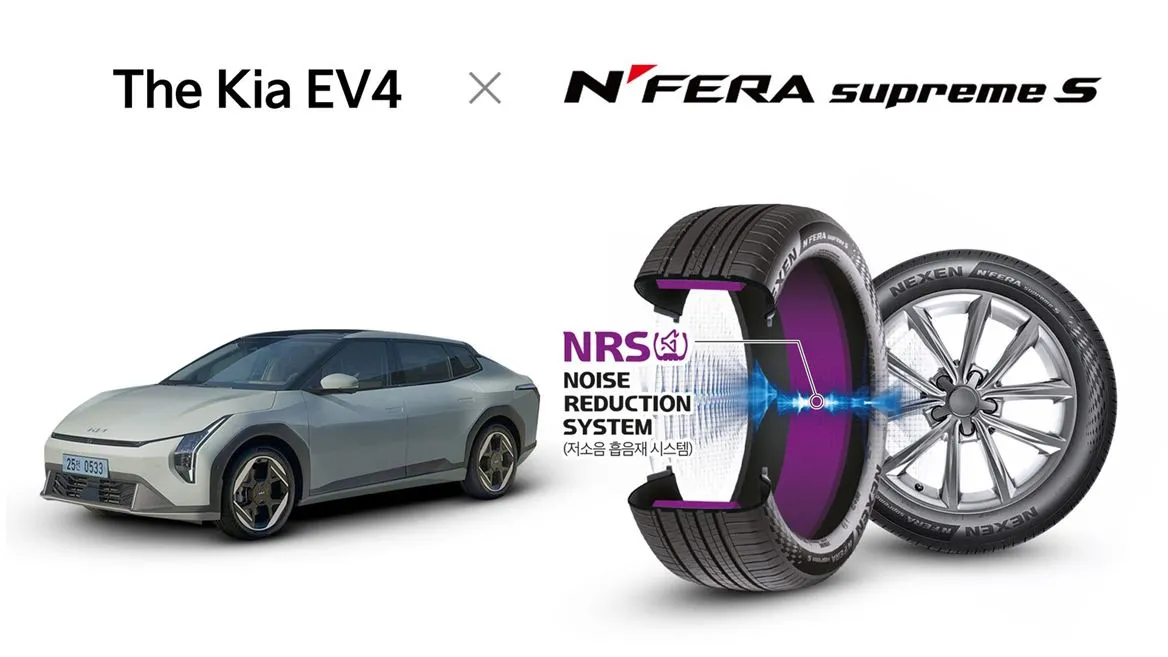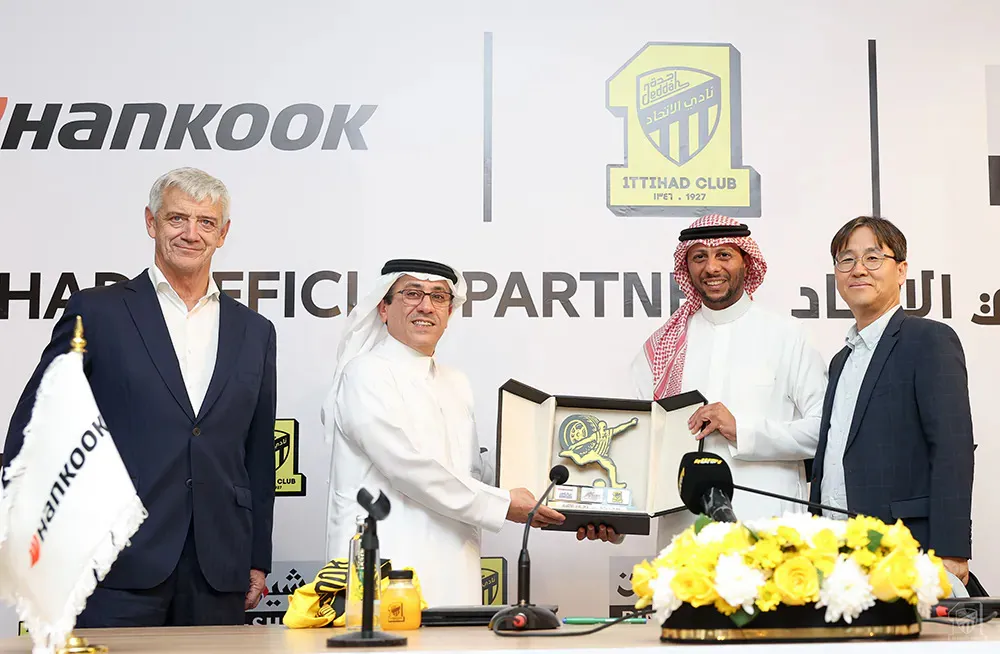Toyo Tire & Rubber Co, Ltd President and CEO Takashi Shimizu says the company has been conducting research to realise new possibilities for automobile tyres with an eye on future changes in a mobile society. Toyo Tires recently announced the development of ‘noair’, a neo-futuristic airless concept tyre that does not require any filling of air.
Toyo Tires Unveils ‘noair’ – Innovative Non-Pneumatic Tyre Development
Toyo Tires undertook a fundamental review of the existing ‘basic structure of pneumatic tyres’ that cushions road impacts by supporting the vehicle weigh...
Toyo Tires Unveils ‘noair’ – Innovative Non-Pneumatic Tyre Development
Toyo Tires undertook a fundamental review of the existing ‘basic structure of pneumatic tyres’ that cushions road impacts by supporting the vehicle weigh...

